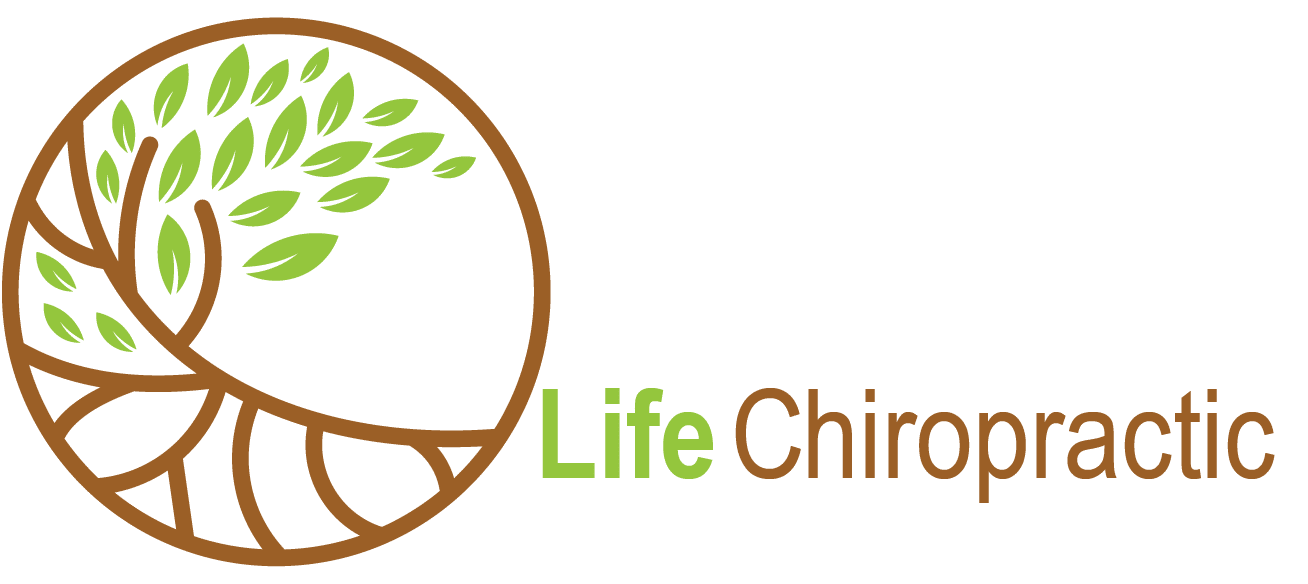In today’s fast-paced world, it seems like stress has become a part of our daily lives. From the moment we wake up to the moment we go to bed, we are bombarded with stressors that can take a toll on our physical and mental health.
DYSAUTONOMIA
The modern world has evolved at a rapid pace, with technology advancing faster than our nervous systems can keep up. This constant state of stress can lead to dysautonomia, a condition where the autonomic nervous system (ANS) is out of balance.
So, what exactly is dysautonomia? Dysautonomia is a dysfunction of the autonomic nervous system, which controls involuntary functions in the body such as heart rate, blood pressure, digestion, and temperature regulation. When the ANS is out of balance, it can lead to a variety of symptoms including fatigue, dizziness, palpitations, and digestive issues.
STRESS…STRESS…STRESS
Stress is a major trigger for dysautonomia. When we are under stress, our body perceives it as a threat and activates the sympathetic nervous system (SNS), also known as the “fight or flight” system. The SNS prepares the body to respond to the perceived threat by increasing heart rate, constricting blood vessels, and releasing stress hormones like cortisol. While this response is necessary in times of danger, living in a constant state of stress can lead to dysregulation of the ANS.
VAGUS IS THE ANSWER
The more the SNS gets activated, the more we live in a sympathetic dominant state. This can shut down the Vagus nerve, which plays a crucial role in maintaining balance in the ANS. The Vagus nerve is the longest cranial nerve in the body and is responsible for regulating heart rate, digestion, and inflammation. When the Vagus nerve is not functioning properly, it can lead to a host of health issues including dysautonomia.
CORRECTIVE CHIROPRACTIC AND THE ANS
So, what can we do to combat the effects of chronic stress and dysautonomia? One solution is to release stored tension and remove sources of irritation to the ANS with corrective chiropractic care. Chiropractic adjustments can help realign the spine and remove interference in the nervous system, allowing the body to function optimally.
Another way to reinforce balance in the ANS is through posterior chain activation exercises. The posterior chain refers to the muscles along the back of the body, including the lower back, glutes, and hamstrings. By strengthening these muscles, we can help minimize recurrent nerve irritation and improve overall body function.
Activating the Posterior Chain helps maintain balance of the pelvis and spine and this balance keeps the ANS from becoming irritated.
SELF-REGULATION
Lastly, learning to activate the Vagus nerve can help restore balance to the ANS. Techniques such as very specific conscious breathing, correcting dysfunctional breathing patterns, nature, and cold exposure can stimulate the Vagus nerve and improve its function. By incorporating these practices into our daily routine, we can help reduce stress and promote overall well-being.
In conclusion, modern life is indeed a soup of stress, but it doesn’t have to be a recipe for dysautonomia. By taking proactive steps to manage stress and support our nervous system, we can improve our overall health and well-being. If you are struggling with chronic stress or symptoms of dysautonomia, consider seeking care from a chiropractor who specializes in neurology and can help you restore balance to your autonomic nervous system. Remember, your health is your most valuable asset, so take care of it with intention and care.
About Dr. Berkowitz
Bringing more than 3 decades of practice experience, Dr. Bill Berkowitz focuses on balancing and corrective care, applying his expertise to provide patients with predictable, repeatable and measurable results.
Dr. Bill consistently strives to enhance the well-being of his patients by addressing the root imbalances of their problems and promoting optimal balance, alignment, and function of the spine and nervous system.
Bill’s wealth of knowledge and experience has allowed him to develop a nuanced understanding of the human body and its intricate connections. With each adjustment, he supports the body in returning to a state of balance that goes beyond mere symptom relief, focusing instead on long-term correction for his patients’ well-being.
Schedule your first visit here: Schedule Here
